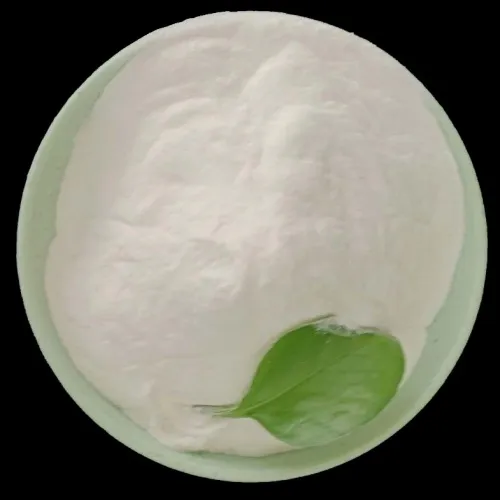 Email: sale@hebeidisha.com
Email: sale@hebeidisha.com
 Tel: +86 13315186550
Tel: +86 13315186550
- Afrikaans
- Albanian
- Amharic
- Arabic
- Armenian
- Azerbaijani
- Basque
- Belarusian
- Bengali
- Bosnian
- Bulgarian
- Catalan
- Cebuano
- China
- China (Taiwan)
- Corsican
- Croatian
- Czech
- Danish
- Dutch
- English
- Esperanto
- Estonian
- Finnish
- French
- Frisian
- Galician
- Georgian
- German
- Greek
- Gujarati
- Haitian Creole
- hausa
- hawaiian
- Hebrew
- Hindi
- Miao
- Hungarian
- Icelandic
- igbo
- Indonesian
- irish
- Italian
- Japanese
- Javanese
- Kannada
- kazakh
- Khmer
- Rwandese
- Korean
- Kurdish
- Kyrgyz
- Lao
- Latin
- Latvian
- Lithuanian
- Luxembourgish
- Macedonian
- Malgashi
- Malay
- Malayalam
- Maltese
- Maori
- Marathi
- Mongolian
- Myanmar
- Nepali
- Norwegian
- Norwegian
- Occitan
- Pashto
- Persian
- Polish
- Portuguese
- Punjabi
- Romanian
- Russian
- Samoan
- Scottish Gaelic
- Serbian
- Sesotho
- Shona
- Sindhi
- Sinhala
- Slovak
- Slovenian
- Somali
- Spanish
- Sundanese
- Swahili
- Swedish
- Tagalog
- Tajik
- Tamil
- Tatar
- Telugu
- Thai
- Turkish
- Turkmen
- Ukrainian
- Urdu
- Uighur
- Uzbek
- Vietnamese
- Welsh
- Bantu
- Yiddish
- Yoruba
- Zulu
ಡಿಸೆ . 06, 2024 18:00 Back to list
acesulfame and aspartame
Understanding Acesulfame and Aspartame Sweeteners in Modern Diets
In a world where health consciousness continues to rise, the search for sugar substitutes has gained significant momentum. Among the most prominent artificial sweeteners are acesulfame potassium (often referred to as acesulfame K or Ace-K) and aspartame. Both of these sweeteners have become staples in the diet of many individuals seeking to reduce their sugar intake without sacrificing sweetness. However, understanding their properties, uses, and potential health implications is essential for informed dietary choices.
Acesulfame Potassium An Overview
Acesulfame potassium is a calorie-free sweetener that is approximately 200 times sweeter than sucrose (table sugar). It was discovered in 1967 and has gained approval from numerous health regulatory bodies, including the U.S. Food and Drug Administration (FDA) and the European Food Safety Authority (EFSA). Acesulfame K is often used in combination with other sweeteners to enhance sweetness and provide a more sugar-like taste. It is commonly found in sugar-free beverages, baked goods, and various processed foods.
One of the appealing aspects of acesulfame K is its stability under heat, which allows it to be used in cooking and baking without losing its sweetness. This characteristic makes it a popular choice for a wide array of products, especially where sugar's browning effects are desired. Despite its widespread use, some consumers remain concerned about its long-term safety. However, extensive research indicates that acesulfame K is safe when consumed within the acceptable daily intake (ADI) levels established by health authorities.
Aspartame The Sweet Controversy
Aspartame is another popular artificial sweetener that is approximately 200 times sweeter than sugar. It is made from two amino acids, phenylalanine and aspartic acid, and was discovered in 1965. It has garnered significant attention over the years, both for its widespread use and the controversies surrounding its safety. Aspartame is commonly found in diet soft drinks, sugar-free gum, and many low-calorie products.
acesulfame and aspartame

Unlike acesulfame K, aspartame has a distinct flavor profile that some consumers may find different from sugar. Additionally, it is not heat-stable, making it inappropriate for baking at high temperatures. Some individuals have raised concerns about potential health risks associated with aspartame consumption, including claims of links to headaches, allergic reactions, and other health issues. These claims, however, have been extensively studied, and the overwhelming consensus among health organizations is that aspartame is safe for the general population when consumed within established ADI levels.
Health Implications and Considerations
While both acesulfame K and aspartame are considered safe for most individuals, certain populations, such as those with phenylketonuria (PKU), must avoid aspartame due to its phenylalanine content. Additionally, some people might experience sensitivity to artificial sweeteners, potentially leading to adverse reactions.
The rising popularity of these sweeteners also warrants a closer look at their role in our health and diets. Some research suggests that using artificial sweeteners can aid in weight management and reduce overall calorie intake. However, other studies raise questions about their impact on metabolism and appetite regulation, highlighting the need for further research.
Conclusion
As we navigate an increasingly health-oriented society, acesulfame potassium and aspartame continue to play significant roles in our diets. While they offer a way to enjoy sweetness without the calories associated with sugar, consumers should remain informed about their potential effects on health. Striking a balance between artificial sweeteners and whole foods, alongside maintaining awareness of individual nutritional needs, is key to a healthy diet. As always, consulting with healthcare providers can help in making the best choices tailored to personal health circumstances.
Latest news
-
Certifications for Vegetarian and Xanthan Gum Vegetarian
NewsJun.17,2025
-
Sustainability Trends Reshaping the SLES N70 Market
NewsJun.17,2025
-
Propylene Glycol Use in Vaccines: Balancing Function and Perception
NewsJun.17,2025
-
Petroleum Jelly in Skincare: Balancing Benefits and Backlash
NewsJun.17,2025
-
Energy Price Volatility and Ripple Effect on Caprolactam Markets
NewsJun.17,2025
-
Spectroscopic Techniques for Adipic Acid Molecular Weight
NewsJun.17,2025